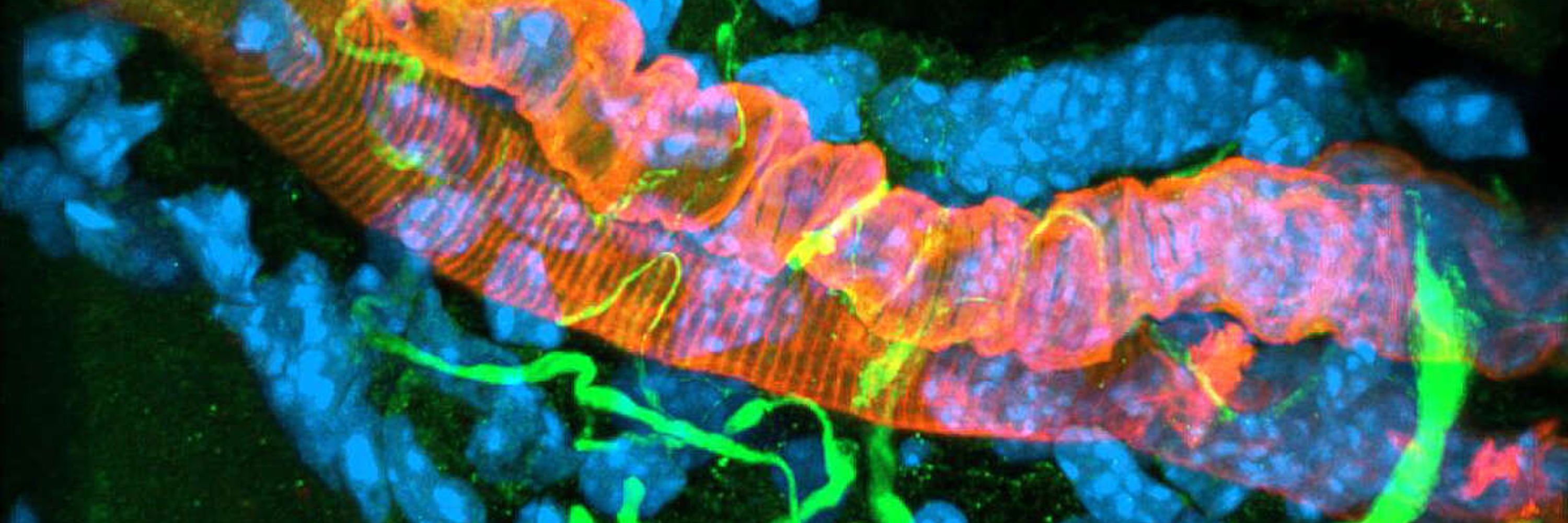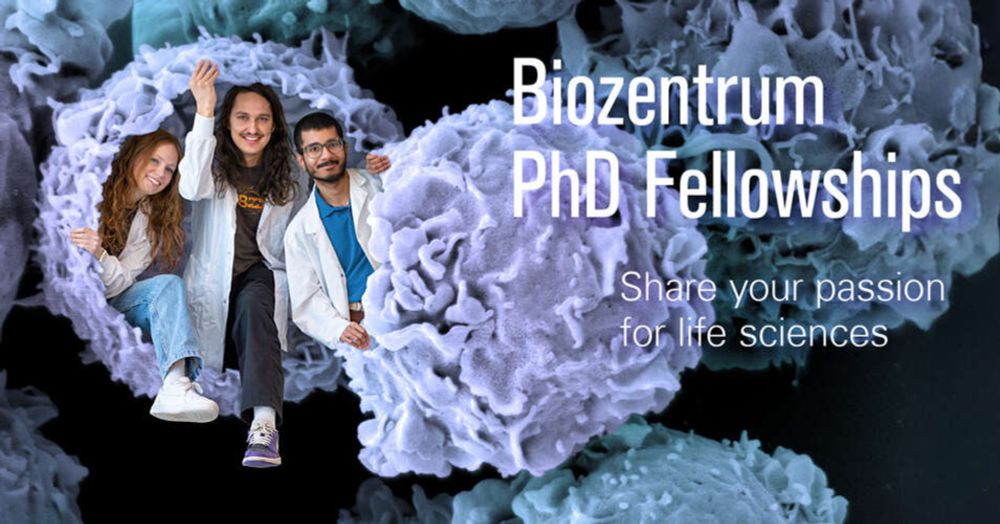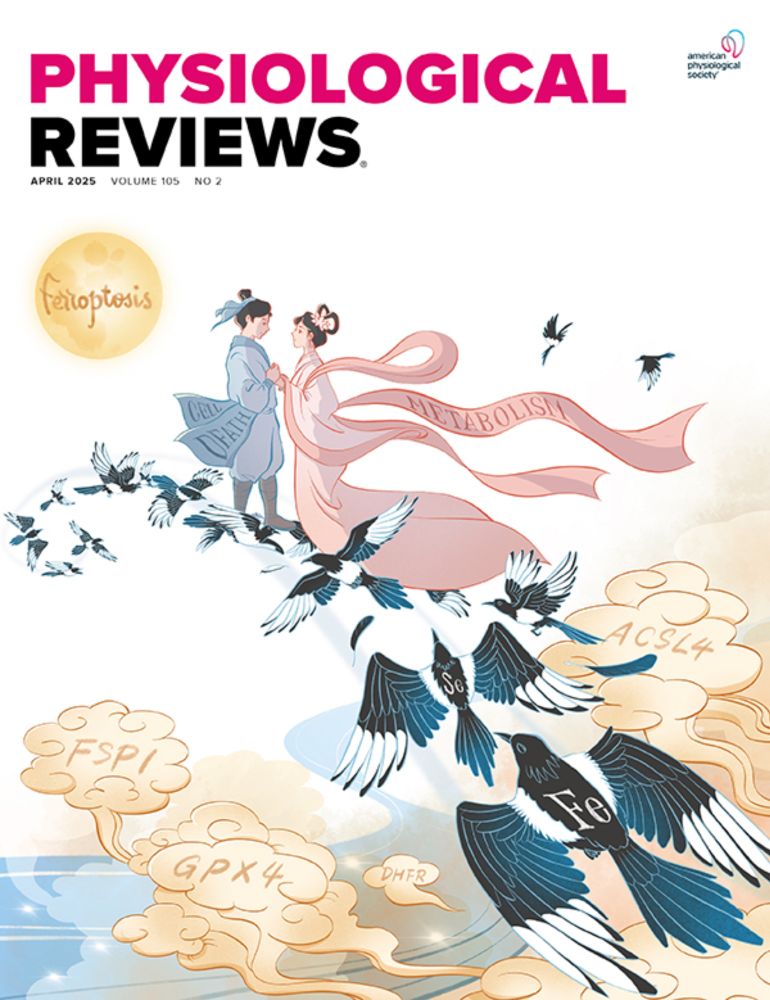
https://biozentrum.unibas.ch/handschin
1/3
doi.org/10.1038/s422...

1/3
doi.org/10.1038/s422...

Will we listen to his words today?
Will we listen to his words today?

The Breaking Point: Funding Uncertainty Threatens Scientific Innovation
www.physiology.org/publications...

The Breaking Point: Funding Uncertainty Threatens Scientific Innovation
www.physiology.org/publications...
www.sciencedirect.com/science/arti...

www.sciencedirect.com/science/arti...
Regula Furrer and Christoph Handschin
🖱️doi.org/10.1152/phys...
#exercise #healthspan #longevity @unibas.ch

Regula Furrer and Christoph Handschin
🖱️doi.org/10.1152/phys...
#exercise #healthspan #longevity @unibas.ch
"Early reports indicate that the Trump administration’s proposed FY 2026 budget would slash funding for the NIH by more than 40%, cutting the budget from $47 billion to $27 billion. The APS urges Congress to reject this catastrophic proposal..."
"Early reports indicate that the Trump administration’s proposed FY 2026 budget would slash funding for the NIH by more than 40%, cutting the budget from $47 billion to $27 billion. The APS urges Congress to reject this catastrophic proposal..."
"Biomarkers of aging: from molecules and surrogates to physiology and function"
@apspublications.bsky.social @apsphysiology.bsky.social @regula-furrer.bsky.social @biozentrum.unibas.ch @unibas.ch
doi.org/10.1152/phys...

"Biomarkers of aging: from molecules and surrogates to physiology and function"
@apspublications.bsky.social @apsphysiology.bsky.social @regula-furrer.bsky.social @biozentrum.unibas.ch @unibas.ch
doi.org/10.1152/phys...
@arstechnica.com
arstechnica.com/culture/2025...

@arstechnica.com
arstechnica.com/culture/2025...
#myoblue
www.sciencedirect.com/science/arti...

#myoblue
www.sciencedirect.com/science/arti...
doi.org/10.1152/phys...
Some teasers:
🧵 1/9

doi.org/10.1152/phys...
Some teasers:
🧵 1/9
Publications from 2025 are shared more on Bluesky than on X/Twitter.
Publications from 2025 are shared more on Bluesky than on X/Twitter.

1/3
1/3
doi.org/10.26508/lsa...
1/4 🧵

doi.org/10.26508/lsa...
1/4 🧵

theconversation.com/preserving-m...

theconversation.com/preserving-m...
#myoblue #muscle #exercise
www.sciencedirect.com/special-issu...
A long🧵: 1/17
#myoblue #muscle #exercise
www.sciencedirect.com/special-issu...
A long🧵: 1/17







